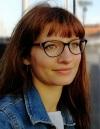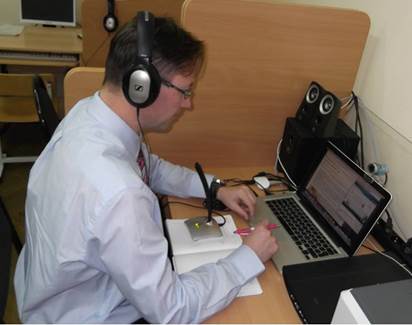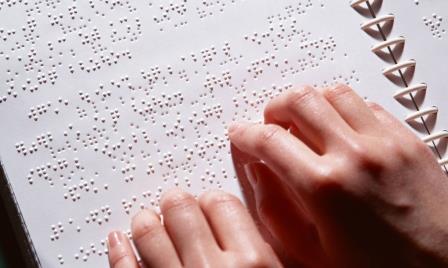ORZECHOWSKI P. A., STEPANOV S. Y., MISHINA I. B. DEVELOPMENT AND EVALUATION OF CREATIVE ABILITIES OF STUDENTS IN THE CLASSROOM IN THE CONDITIONS OF DIGITALIZATION OF CONTINUING EDUCATION*. LIFELONG EDUCATION: The 21st Century.
2020. № 3 (31).
DOI: 10.15393/j5.art.2020.6044
| Issue 3 (31) |
Lifelong learning in the modern world: the research and design methodology |
|
DEVELOPMENT AND EVALUATION OF CREATIVE ABILITIES OF STUDENTS IN THE CLASSROOM IN THE CONDITIONS OF DIGITALIZATION OF CONTINUING EDUCATION*
 | | ORZECHOWSKI Pavel A.
doctor of Pedagogical Sciences, Professor
Moscow state pedagogical University
(Moscow, Russian Federation)
p.a.orzhekovskiy@gmail.com |
 | | STEPANOV Sergey Y.
doctor of Psychological Sciences, Professor
Moscow city University
(Moscow, Russian Federation)
parusnik1@ya.ru |
 | | MISHINA Inna B.
postgraduate student
Moscow state pedagogical University
(Moscow, Russian Federation)
inelain@ya.ru |
Keywords:
creativity
ability
evaluation
criteria
thinking actions
divergence
convergence
lessons. |
Abstract: the article presents the approach to solving the problem of creative development of schoolchildren and assessment under conditions of digitalization of continuing education. Based on the material of teaching to a school chemistry course the authors consider a computerized method for organizing student creative activities at chemistry lessons as well as continuous evaluation of the results of their creative development when they perform subject-specific creative tasks in chemistry. The article describes in detail the psychological and pedagogical foundations and specific methodological procedures such as criteria and formulas for continuous quantitative assessment of student creative development using the «Creo Datum» computer program developed by the authors of the article. The organizational part of the implementation of the «Creo Datum» program involves the possibility to use both student personal computers and smartphones. The article explains how this network interface allows students to log in the digital system and receive creative assigments, the progress and results of which are recorded in digital devices. Almost simultaneously, the «Creo Datum» digital system automatically makes the necessary calculations and outputs the processed results for an instructor and each student individually. The article provides for visualization examples for the results and process of student creative development based on a quantitative assessment of such creative thinking parameters as divergence and convergence. As a result, the authors emphasize that the «Creo Datum» computer program allows the teacher, to carry out both the organization of student creative development and continuous automated monitoring of key parameters both for individual students and for all the classes without disrupting the course of the educational process in the standard educational chemistry program on the subject.
|
Paper submitted on: 04/20/2020; Accepted on: 08/15/2020; Published online on: 09/25/2020.
References
- Basyuk V. S., Kovaleva S. G. Innovative project of the Ministry of education «Monitoring the formation of functional literacy»: main directions and first results. Domestic and foreign pedagogy. 2019. Vol. 1. № 4 (61). P. 3–33. (In Russ.)
- Guilford J. Three sides of intelligence. Psychology of thinking. Ed. by A. M. Matyushkin. Moscow, Progress, 1965. P. 433–457. (In Russ.)
- Orzhekovsky P. A., Davydov, V. N., Titov, N. A. Experimental creative tasks in inorganic chemistry: a book for students. Moscow, Arkti, 1998. 48 p. (In Russ.)
- Stepanov S. Yu., Orzhekovsky P. A., Ushakov D. V. Student Assessment: on the way to digital education. Conceptual and mathematical model. National education. 2019. № 1 (1472). P. 130–139. (In Russ.)
- Stepanov S. Yu., Semenov I. N., Zaretsky V. K. Research of the organization of productive thinking. The study of problems of psychology of creativity. Edited by Ya. A. Ponomarev. Moscow, Nauka, 1983, P. 101–133. (In Russ.)
- Fibonacci numbers. Encyclopedia of young mathematicians. Compiler: Savin A. P. 2-nd ed. Moscow, Pedagogika, 1989. P. 312–314. (In Russ.)
- Cramond B. A report on the 40 year follow up of the Torrance Tests of Creative Thinking / B. Cramond [et al.]. Alive and Well in the New Millennium. Gifted Child Quarterly, 2005. – № 49. P. 283–291.
- Livio M. The Golden Ratio / M. Livio. The Story of PHI, the World's Most Astonishing Number. Crown/Archetype, 2008. 303 с.
- Torrance E. P. Growing Up Creatively Gifted. The 22-Year Longitudinal Study. The Creative Child and Adult Quarterly. 1980. № 3. P. 148–158.
- Stepanov S. Yu. On the problem of choosing a strategy for the development of digital education as continuous. Lifelong education: XXI century. 2019. № 1 (25) [Electronic resource]. Electron. dan. DOI: 10.15393/j5. art. 2019. 4464 (date of access: 19.08.2019). (In Russ.)
Displays: 2671; Downloads: 663;
DOI:
http://dx.doi.org/10.15393/j5.art.2020.6044














